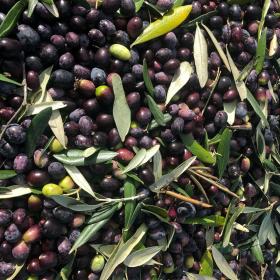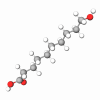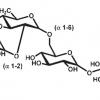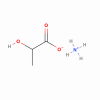Potassium Olivoyl PCA is a vegetal softening lipo-amino acid as a fatty acid vehicle an emollient, and moisturizing agent, and a softening surfactant. It is a functional active principle of vegetal derivation for cosmetic use, Olivoil PCA acts also as a surfactant, respectful of the integrity of the corneous layer of the epidermis.
Potassium Olivoyl PCA is a condensate of olive oil fatty acids and potassium salt "pyroglumatic" acid. It presents the benefits of olive oil's unsaturated fatty acids, including emollient capacity, reduction of trans-epidermal water loss, restoration of the normal functional barrier of the epidermis, as well as of the normal processes of keratinization, anti-exfoliation (anti-desquamation), and anti-dry skin.
Suppling the skin both with fatty acids and PCA: it acts as regards the skin, the hydrolytic enzymes act on the amide group dissolving the molecule into fatty acids and PCA necessary for the skin’s well-being.
Potassium Olivoyl PCA is an alkyl-amino-acid, could also be employed as a co-surfactant by assisting the primary cosmetic detergent surfactant to respect the hydrolipidic surface film of the skin. Generally, detergents cause a decrease of the skin’s natural moisturizing ability, by attacking the horny layer which consequently becomes unable to maintain the correct level of moisture, causing dryness and desquamation.Lowering the irritating capacity of the primary surfactants, Potassium Olivoyl PCA improves compatibility and co-existence with the detergent thereby maintaining the integrity and moisture of the horny layer of the epidermis. It is recommended wherever humectant and emollient functional active principles are required in products for the treatment of the skin.
As a delicate surfactant, which does not alter the balance of the horny layer of the epidermis maintaining the hydration intact, Potassium Olivoyl PCA improves the sensorial characteristics of the detergent. It can be used as a humectant in gels, tonics, and lotions for the skin, especially on the face and eyes surroundings. The use of this ingredient is the only way, in products with an aqueous base, to introduce lipids. The formulation remains clear, although normally it would require the use of dissolving agents, which would leave a knownly sticky effect on the skin.











